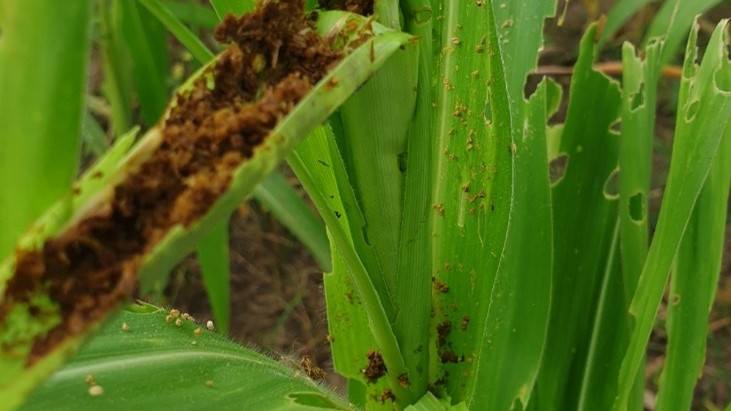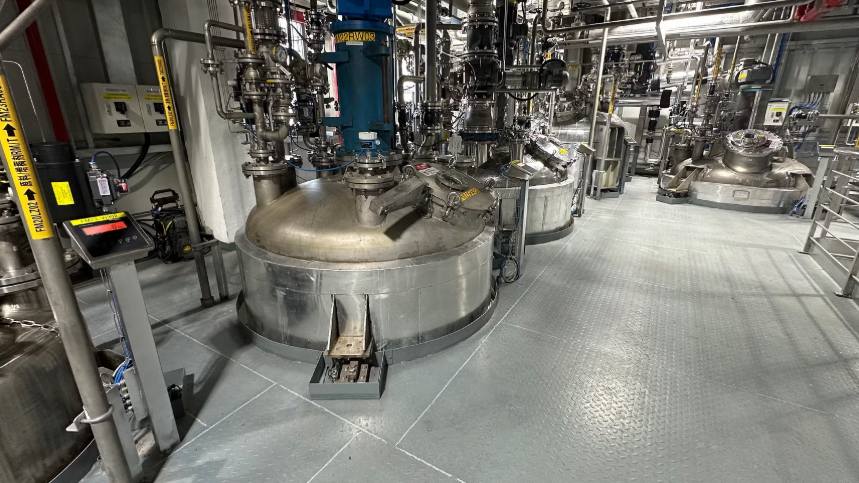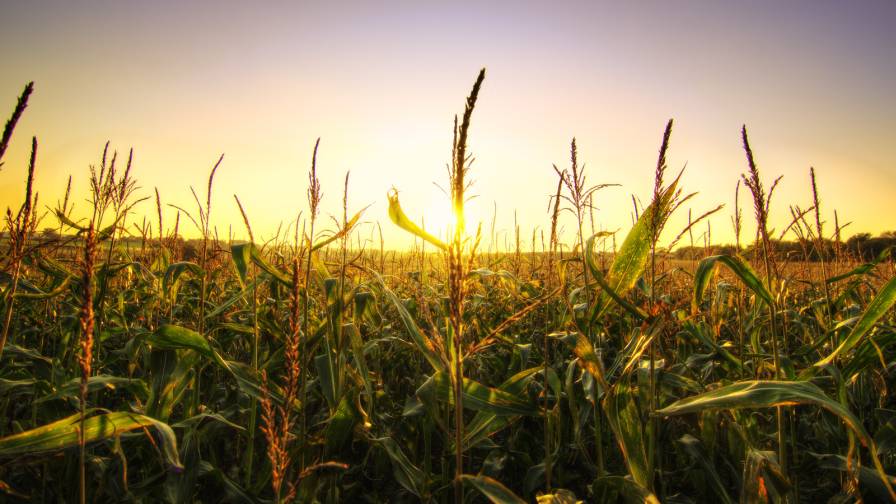Pakistan: Cotton Crop Improves
Despite the increase, the country’s expanding textile industry is still outpacing the national supply, as it is forecast to consume roughly 2.74 MMT. USDA-FAS reports that progressive mills are focusing on producing better-quality products, particularly for export. As a result, Pakistan is a major cotton importer, especially for US upland and Pima cotton. In the face of rising domestic prices and continued contamination problems, local mills are finding the importation of upland cotton increasingly attractive.
Assuming a normal monsoon, Pakistan’s 2007/08 cotton lint production will be 106,467 MT better than last year. This increase is mainly in response to better prices received by producers in 2006/07 above the indicative prices fixed by the government. This year cotton yields are forecast to be higher due to improved yields, largely because of the expected increase in Bacillus thuringiensis (Bt) cotton, improved management practices, and the availability of better quality inputs. Pakistani farmers, inspired by increased cotton production in neighboring countries, India and China, are keen to cultivate transgenic cotton varieties, especially in the core cotton-producing areas of Punjab and Sindh, reports USDA-FAS.
The 2007/08 crop is planted from the end of April through June and is harvested in the fall. The 2007/08 cotton area is forecast at 3 million hectares (Ha), about 1% less than last year, due to better returns from the competitive crops sugarcane and rice.
The major threat to Pakistani cotton, is Cotton Leaf Curl Virus (CLCV). Thus far, there are no varieties resistant to this disease, but researchers are working to develop resistant varieties through traditional breeding, hybrid programs, and biotechnology.
To Bt Or Not To Bt
Pakistan is working to produce local varieties of Bt cotton. In April 2005, the government enacted the Biosafety Guidelines and Rules, which established regulations for developing transgenic plants varieties. The Center of Excellence in Molecular Biology (CEMB) and the National Institute for Biotechnology and Genetic Engineering (NIBGE) have submitted proposals to the National Biosafety Committee (NBC) for approval to begin field tests with the normal seed certification system established by the Seed Act of 1976 for the commercial release and cultivation of these varieties. However, due to delays in establishing biosafety regulations and a desire to develop Bt varieties indigenously, sources estimate that Pakistan is as much as a decade behind the major cotton-producing countries in the commercial use of Bt cotton.
Last year, farmers planted an estimated 5% of the crop in illegal Bt varieties. This year, farmers are expected to plant about 30% of the crop in illegal Bt varieties. Industry sources expect most of the crop will be planted in illegal Bt varieties in the next several years while local varieties are being developed. However, as in India, it will then take several more years to straighten out the situation, with the crop and Pakistan’s main industry at risk the entire time. Growers using illegal Bt seed will likely see lower benefits due to mis-fits with the country’s unique agronomic conditions, and may reduce sprays anticipating more benefits than they actually get. Also, quality issues and fake Bt seed will pose problems.
Consumer Nation
Pakistan’s cotton consumption for 2007/08 is forecast at 2.736 MMT, marginally less than the revised estimate of 2006/07, mainly due to bearish trends in world yarn and textile prices. From July to February 2007, cumulative trends for Pakistan’s cotton and textile trade were as follows: gross export of raw cotton decreased by 17.3%; cotton yarn exports increased by 0.2%; linens declined by 6.4%; towels rose by 1.7%; and cotton cloth declined by 17.2%. At the same time, synthetic fiber grew by 133.5%, knitwear rose by 12.2%; and ready-made garments grew by 2.1%.
Investment in the textile sector also is decreasing. The importation of textile machinery from July 2006 to February 2007 declined by 32.6% compared with the same period for the preceding year.
In 2007/08, Pakistan is projected to be a net importer of cotton as a result of strong domestic demand for better grades of cotton. During the first eight months of 2006/07, Pakistan imported 315,753 MT of cotton and exported 42,138 MT. Firms often import upland cotton for their export programs due to contamination problems in local cotton, particularly with alien fibers, mainly polypropylene and jute. The problem occurs during the harvest and handling and the inclusion of these fibers wreaks havoc in the industry by creating yarn with differential yarn strength and differential dye uptake. Estimates are that contamination increases mill costs by 10% or more.
Some mills have standardized their blend for export markets, with a predefined origin and percentage of imported cotton in the product. Given the focus on higher-count yarns and better quality fabrics for the export market, as well as specialized products demanded by the domestic market, Pakistan’s textile industry is expected to rely increasingly on US Pima and contamination-free upland cotton.
Pakistan’s import of long staple and other medium to long staple cotton is expected to be affected by the government’s decision to allow imports of long staple cotton through land routes from India and Central Asia. Sources indicate it may be as much as US $83 per ton cheaper to import Indian cotton via land routes than by sea. For land import, the Ministry of Food, Agriculture and Livestock (MINFAL) plans to establish quarantine posts at Wagha, Torkhum, and Chaman.





